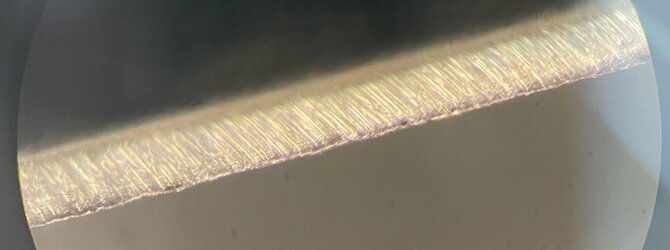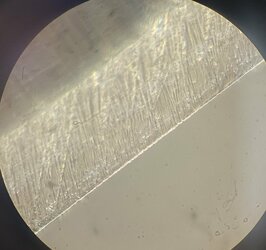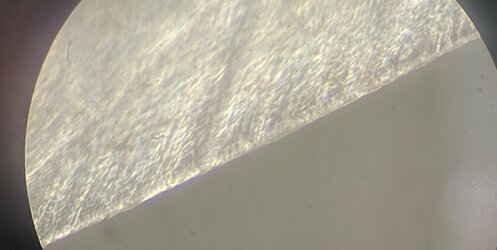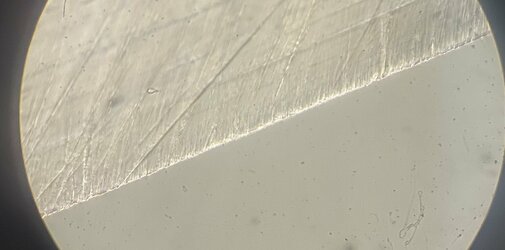For straight razors…Anyone ever use a series of DMT hones from start to near-finish (600, 1200, 4000, 8000) and finalize on an established finisher (like a black Ark, Zulu Grey or something like that)?
I’m looking at a DMT Medium extra fine claiming to be 4k; I can’t help but wonder how that would compliment my honing quiver . Any ideas?
. Any ideas?
I’m looking at a DMT Medium extra fine claiming to be 4k; I can’t help but wonder how that would compliment my honing quiver
Last edited:





